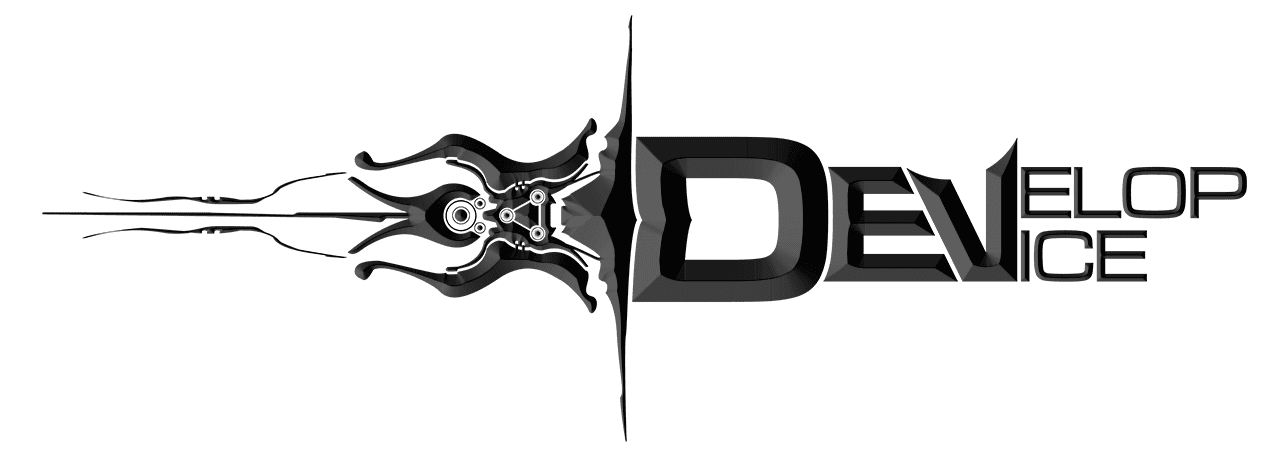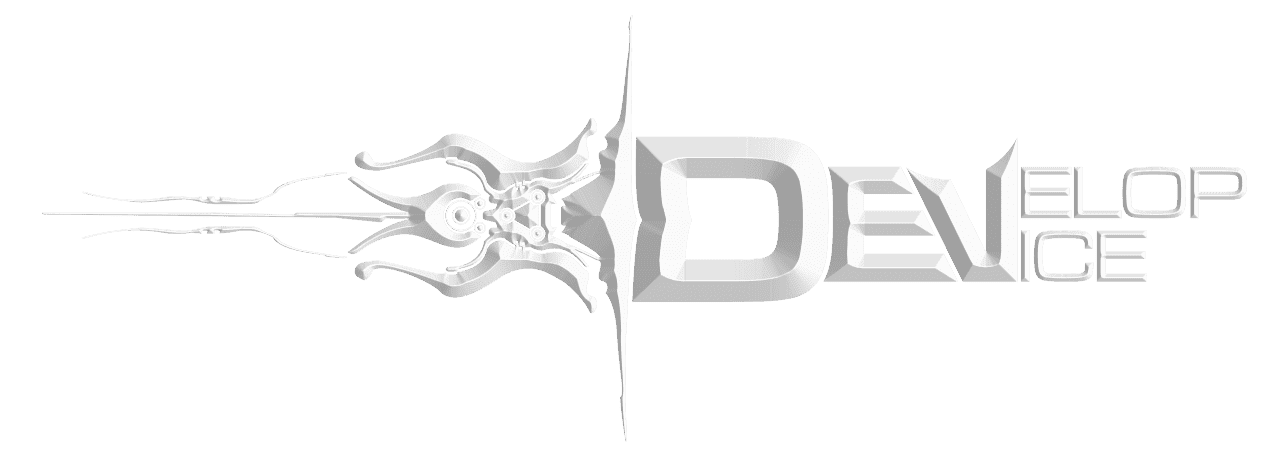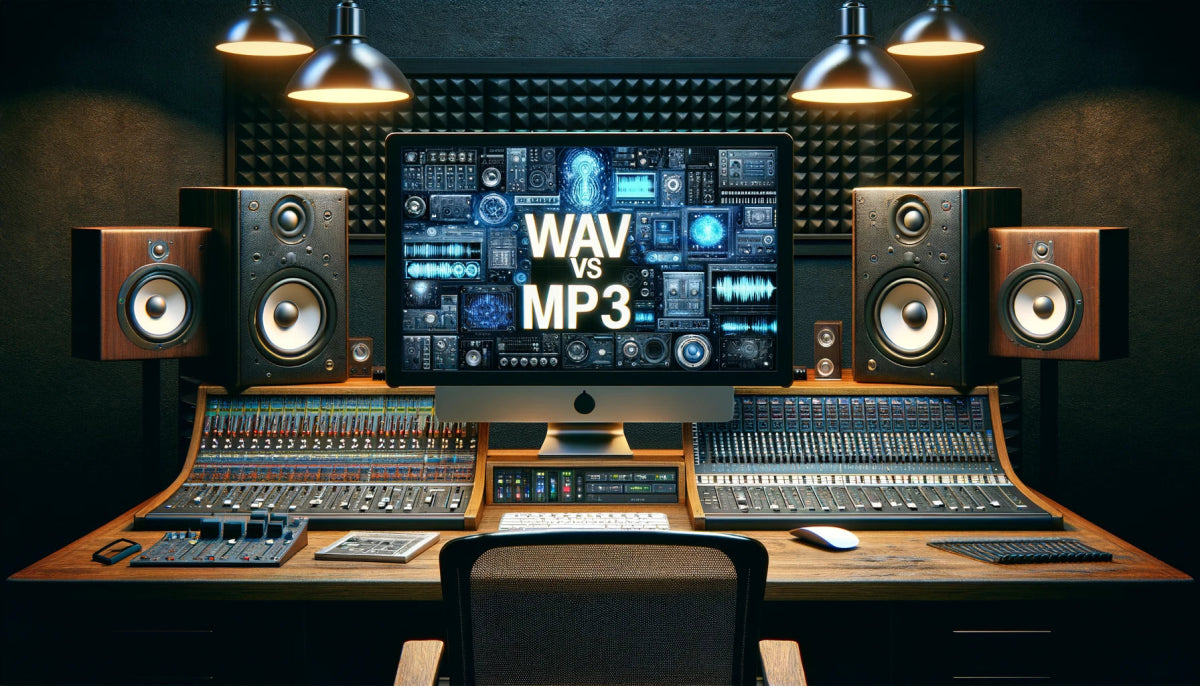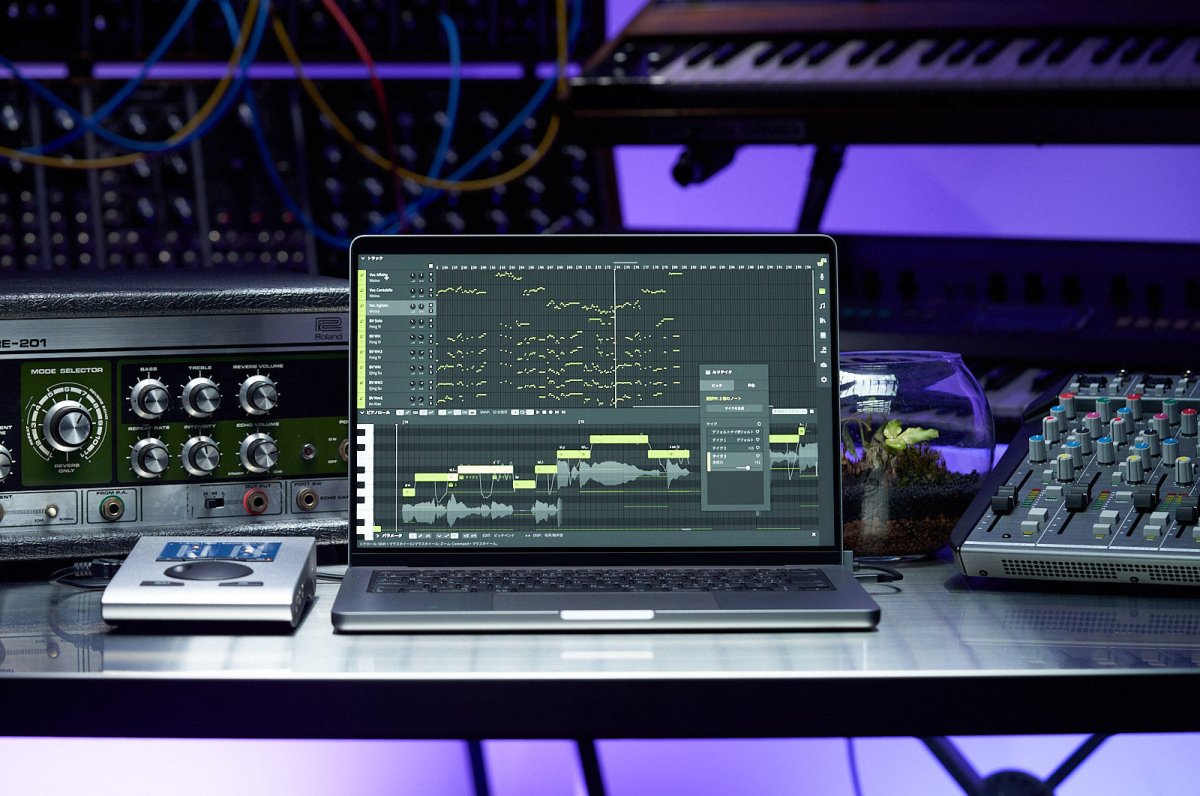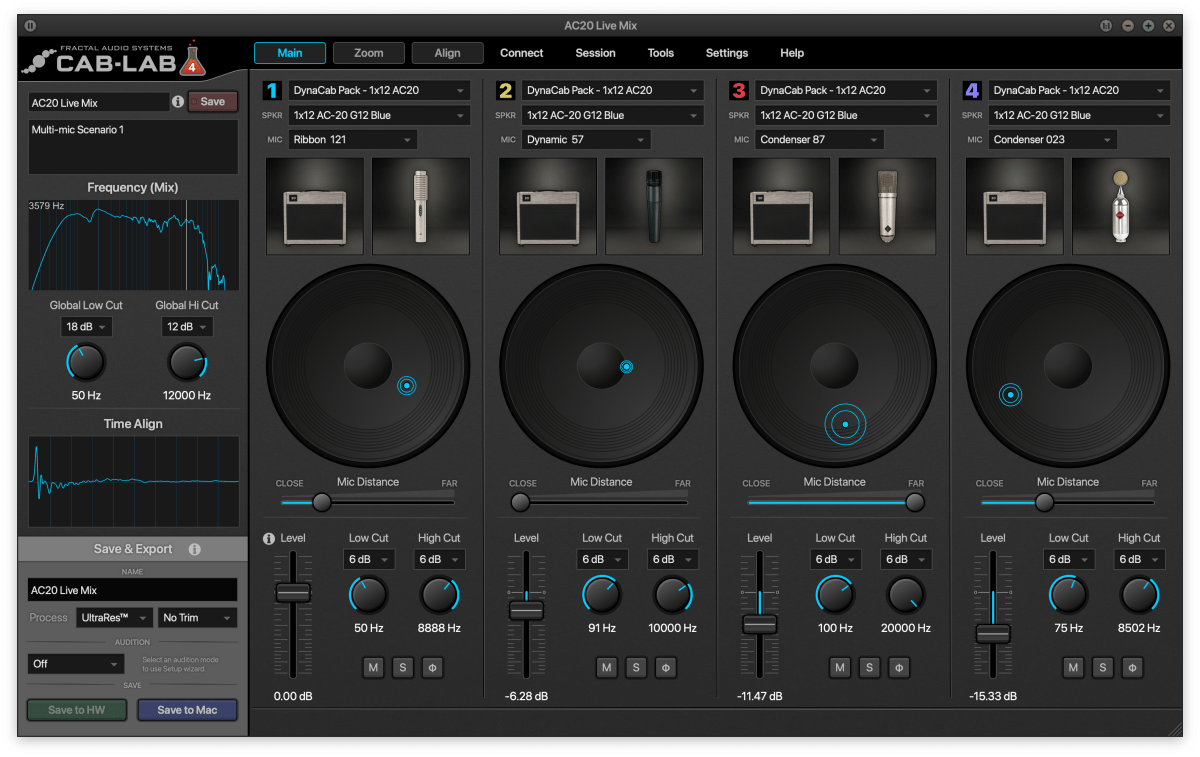In the realm of digital audio, two formats often come to the forefront of discussions among audiophiles, musicians, and producers: WAV and MP3. Each format has its unique characteristics, advantages, and applications, making them suitable for different purposes. In this article, we'll delve deep into these formats, exploring their differences and helping you understand which one might be best suited for your needs.
What is WAV?
WAV, short for Waveform Audio File Format, is a raw audio format developed by IBM and Microsoft. It is an uncompressed audio format, which means it contains the complete and unaltered digital representation of the source audio. This characteristic makes WAV files large in size, but they offer the highest quality sound because they preserve all the audio details.
Key Characteristics of WAV:
- High Quality: As an uncompressed format, WAV provides the highest sound quality, retaining all the nuances of the original recording.
- Large File Size: Due to its lack of compression, a WAV file can be quite large, often several times the size of an MP3.
- Compatibility: WAV is widely supported across various systems and software, making it a universal choice for audio editing and production.
- Ideal Use: WAV is preferred in professional settings such as music production, post-production studios like Develop Device, and when the highest audio fidelity is required.
What is MP3?
MP3, or MPEG-1 Audio Layer III, is a type of digital audio encoding format that uses lossy compression. Developed by the Fraunhofer Society, MP3 has become the standard for digital audio compression for the transfer and playback of music on most digital audio players.
Key Characteristics of MP3:
- Compressed Format: MP3 compresses the audio file, significantly reducing its size by removing audio data considered less critical to human hearing.
- Good Quality at Smaller Size: While it is a lossy format, MP3 can still deliver decent audio quality at a much smaller file size compared to WAV.
- Wide Acceptance: MP3 is the most common audio format used for consumer audio streaming and storage.
- Ideal Use: MP3 is best suited for casual listening, online streaming, and when storage space or bandwidth is a concern.
The Differences Explained
1. Sound Quality:
The most significant difference between WAV and MP3 lies in their sound quality. WAV, being uncompressed, offers pristine audio quality, capturing every detail of the sound as intended by the creator. This is crucial in a professional studio setting, where every nuance in sound matters. On the other hand, MP3, while still providing good quality audio, does lose some audio information due to its compression algorithm, which might be noticeable to discerning ears, especially in a high-quality playback environment.
2. File Size:
WAV files are substantially larger than MP3 files. This is a critical factor to consider when dealing with storage and transmission. For instance, in a music post-production studio like Develop Device, where large amounts of data are handled, the file size can be a significant factor. MP3s offer a more practical solution for everyday use, like digital music players or online streaming, where storage space and bandwidth are limited.
3. Compatibility and Usage:
WAV's compatibility with various editing and production software makes it the preferred choice in professional settings. Its uncompressed nature ensures that the audio does not lose quality over multiple generations of editing and processing. Conversely, MP3's wide compatibility with consumer electronics and streaming services makes it ideal for personal use, online distribution, and when dealing with a large number of files.
4. Applications:
WAV is the go-to format for any scenario where the highest sound quality is paramount. This includes recording studios, sound design, audio for video post-production, and archival purposes. MP3, with its smaller size and still respectable audio quality, is suitable for music distribution, portable listening, and online streaming.
Conclusion
In summary, both WAV and MP3 have their unique places in the world of audio formats. WAV stands out in professional settings where quality cannot be compromised, such as in music production and sound engineering. MP3, with its efficient compression, caters to the mass market, offering a practical solution for everyday listening and online streaming. Understanding these differences allows you to choose the right format based on your specific needs, whether you're a professional working in a studio like Develop Device or a music enthusiast enjoying your favorite tunes.

